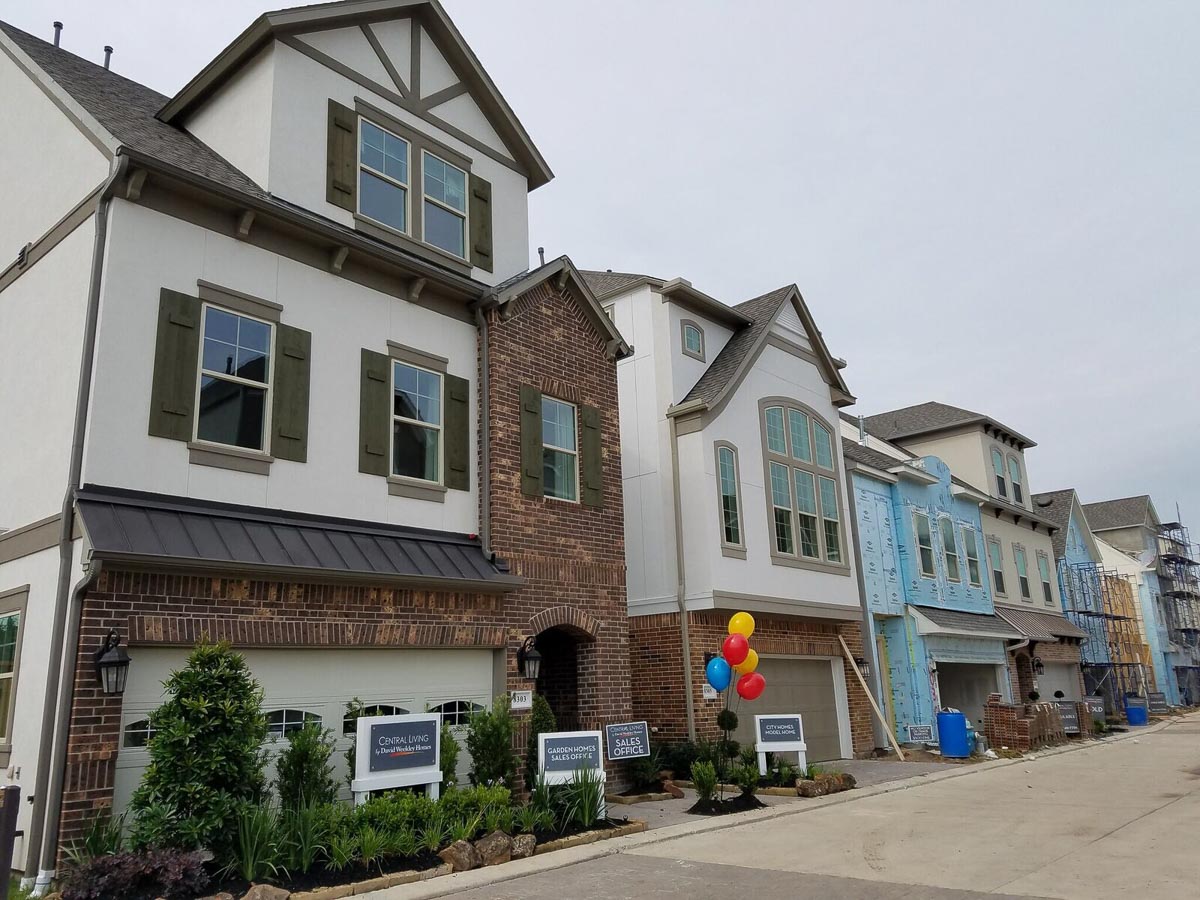Neighborhoods within Loop 610, particularly on the east side, are experiencing the most drastic changes, altering communities and housing systems.
Neighborhoods continuously revitalize and evolve. Although resulting changes in the built and social environment can benefit existing residents, this reinvestment can also attract higher-income, higher-educated households. This process, known globally as gentrification, can result in unintended consequences.
In historically-disinvested communities, the influx of investment can overburden existing residents as affordable housing dwindles and rents increase. At its worst, gentrification can then lead to displacement, but not always.
Displacement is historically difficult to track. Not only does aggregate data not always capture the true extent of displacement in gentrifying neighborhoods, but it also does not provide clarity as to why residents move in the first place, as not all moves result from gentrification.
While UC Berkeley’s Urban Displacement Project, the National Bureau of Economic Research, and the Federal Reserve are advancing displacement conversations in San Francisco, New York City, Philadelphia, and elsewhere, a comprehensive study for the City of Houston does not yet exist—a knowledge gap the Kinder Institute hopes to explore.
Anti-Displacement Strategies
This blog intends to highlight the diversity of strategies targeting displacement around the country.
From community land trusts to inclusionary zoning, a full list of anti-displacement strategies exists but is beyond the scope of this post. Fortunately, these strategies generally fall into one of three categories: (1) laws that protect tenants, (2) housing-preservation programs, and (3) policies that improve access to housing.
Honing in on one example from each, the following represent approaches to combat displacement that will, hopefully, further inspire the policy conversation in Houston and beyond.
Laws to Protect Tenants: New York City - Certification of No Harassment (CONH) Pilot Program
In New York City, few neighborhoods remain untouched by gentrification. Seeing an opportunity to increase their bottom line, some landlords purchase property in low-income, gentrifying neighborhoods with the explicit intent of displacing tenants to attract higher-income residents.
Although New York has some of the strongest tenant protection laws in the country, speculative real estate practices and harassment remain significant problems. Whether through confrontation or the withholding of maintenance and repair, tenant harassment is an affront to the health and safety of the city’s most vulnerable and a major contributor to displacement.
Recognizing the enormity of the problem, New York’s Housing Preservation and Development Department (HPD) introduced a pilot-program called Certification of No Harassment (CONH). Under this program, landlords intending to undertake building renovations in neighborhoods pre-identified as vulnerable to gentrification must first prove they have not engaged in tenant harassment resulting in displacement. If not, HPD will then authorize the Department of Buildings to issue a permit for construction.
Although this simplifies the full extent of CONH, it represents an alternative approach to protecting tenants vulnerable to displacement due to harassment in speculative housing markets.
Housing-Preservation Programs: Washington, DC - Tenant Opportunity to Purchase Act (TOPA)
Enacted in 1980, before gentrification became the force it is today, Washington, DC’s Tenant Opportunity to Purchase Act (TOPA) provides renters up-front protections against displacement if and when landlords decide to sell.
Giving priority to long-time renters, TOPA requires that landlords provide existing renters the following options in lieu of displacement: (1) purchase the property themselves, (2) assign their “right-to-purchase” to a third party for building upgrades and the right to remain, or (3) receive cash assistance in exchange for vacating.
With gentrification on the rise in DC, TOPA has become a powerful safeguard against displacement, especially for low-income, minority, and elderly residents. And, while abuses of the law among single-family tenants hastened an amendment in 2018, TOPA has been essential in helping multifamily tenants start housing cooperatives to avoid displacement.
By protecting residents directly facing displacement, TOPA continues to help DC maintain its delicate balance of affordable housing as the cost of living rises.
Improve Access to Housing: Portland, OR - “Right to Return” Policy
In response to the rising cost of living over the last decade, Portland, like other cities, has devised an arsenal of incentives, tax abatements, and funding directed towards affordable housing.
However, as with many development-oriented policies, there is no guarantee that those displaced will benefit. In 2014, Portland’s Housing Bureau pioneered a new strategy to address its legacy of gentrification by directly re-housing those displaced.
Officially called the North/Northeast Preference Policy, the program guarantees those displaced the “Right to Return.” Income-eligible residents and families applying to the program must provide documentation related to their experience with displacement, including current and past addresses for themselves and their relatives. Prioritizing those displaced in target neighborhoods as well as those who have been forced to move more than once, the Housing Bureau then assists in the search for suitable housing in their original communities.
Although progress has been held back by slower than expected housing construction, Portland’s “Right to Return” provides displaced residents with a sense of hope that they too can enjoy the benefits of neighborhood revitalization.
What’s Next?
From slum clearance and urban renewal to interstate highway and stadium construction to today’s reinvestment and gentrification, displacement is a well-documented history in New York City, Washington, DC, and Portland. However, their collective experience is not unique. Rather, this is a story that has played out and will continue to play out—both throughout the U.S. and around the world.
The limited list of policy ideas highlighted in this post is merely the tip of the iceberg. There is a whole litany of anti-displacement strategies that other cities have leveraged in their quest to stabilize communities and avoid the uprooting of long-time residents and families in the process.
As our team works toward a better understanding of the dynamics of displacement in Houston, there’s one thing that is clear now: It will come down to bold, creative ideas to preserve the very fabric of racial and ethnic diversity, cultural vibrancy, and economic competitiveness that makes Houston unique and attractive to new residents.

